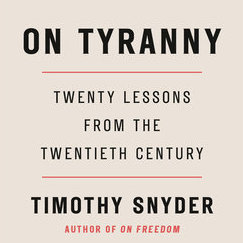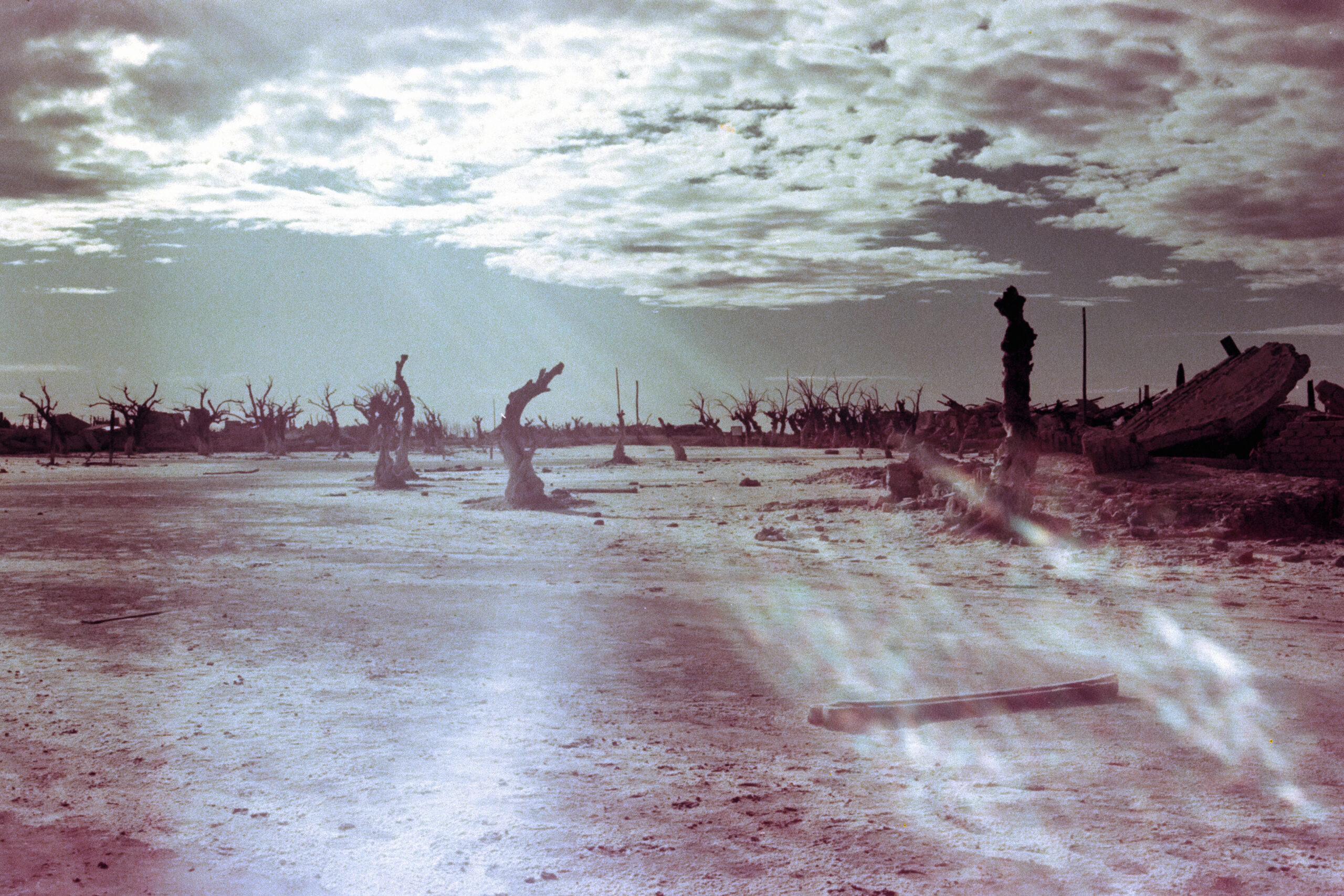That Friday, in preparation for the storm, we leave work in the middle of the day. We fill our cars with gasoline, stock up on coffee and alcohol, check out books from the library, and then come home to peer out our windows and stare up at the sky. This is just snow—thin gray streaks of ordinary snow—but I can’t help it: I’m transfixed.
All night on the local news, the broadcasters glimmer with anticipation. More than a foot, they predict, maybe two. They roll through the highways in news vans while warning us to stay inside. They spend several minutes interviewing a woman about the plastic shovel she is standing in line to purchase. They have the happy unhurried look about them that newscasters often do in the days right before Christmas when they have been granted a reprieve from the stories of gunshots and house fires in order to report on Santa Claus and Christmas lights—a momentary pause in which none of us are asked to care about anything larger than what a child would see.
In the mild-wintered, nearly Southern city of Baltimore, people are cautious about snow. A few inches, or even whispers of a few inches, slows traffic and closes schools, and so, although we have been warned of bad weather, it is still a surprise to wake up the next day and watch the snow drift across the city, covering everything in a layer of white. For a whole day, there is nothing outside but gray light and falling snow, the rumble of heavy plows heaving along the main roads, and a continuous fur of old flakes shifting.
Weather—or at least talk about weather—is boring. Both obvious and inevitable, there is no real pleasure in discussing the rain that’s fallen or speculating about the thunderstorm that might or might not pass through. And yet—perhaps because it is so inhospitable to interpretation—the experience of weather itself often feels cinematic. Weather simply descends, fixes us in a particular time and place, and moves on.
The day after the storm, the sun bright and the ice glistening, our neighborhood emerges on foot. We walk around; we shovel; we gape at the walls of snow crowding the margins of each street, the huge trucks on loan from Boston, collecting pile after pile of snow. On most days, our neighborhood is a hurried, transient place of tall buildings and childless families, commuters whizzing past on bicycles, but today, slowed and mesmerized by the storm, we look at one another with the familiar look of people who have lived together long enough to notice the same streets, to care in that same way that something small and ordinary has changed.
Marian Crotty is an Assistant Editor for The Common.


